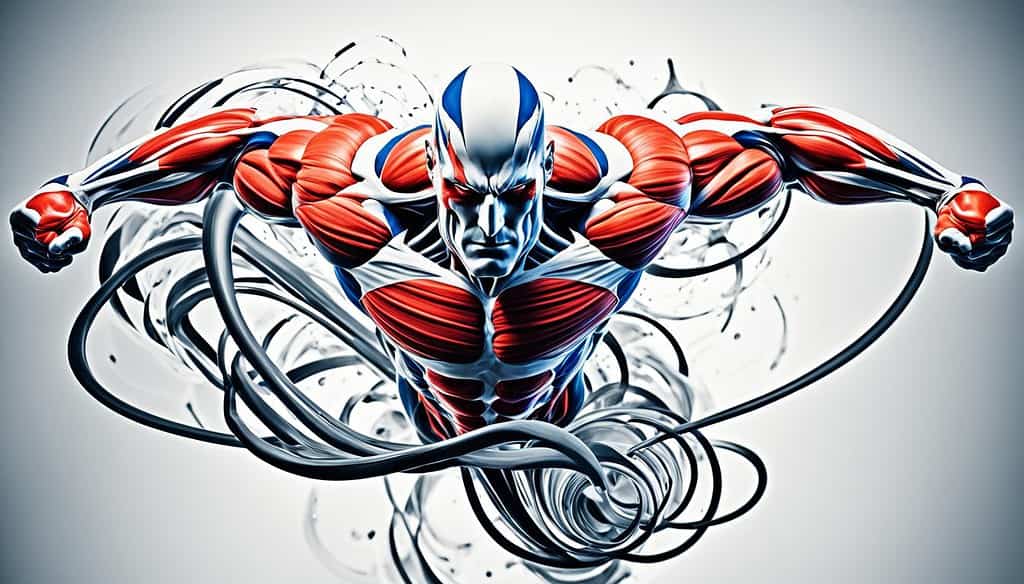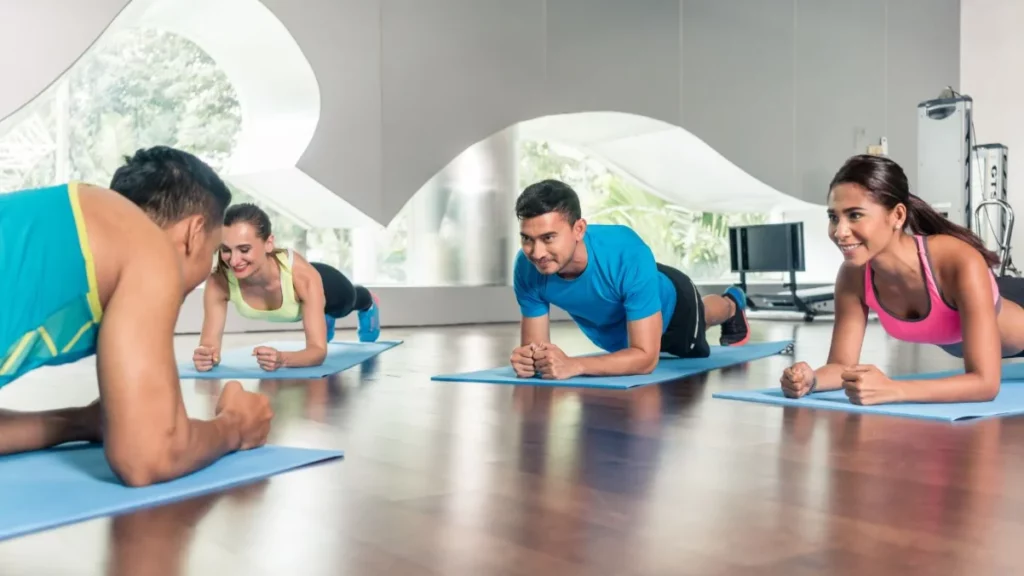The core muscles are the body’s powerhouse, playing a central role in stabilizing, enhancing, and supporting everyday activities. When exercising, you’ll find that these muscles are essential to improving gains and making your workout easier. Learn more about the value of your core muscles in exercise and how they contribute to overall fitness and well-being.
What Are Core Muscles?

The term “core muscles” refers to the group of muscles that run the length of the trunk and torso. These muscles include the rectus abdominis (commonly known as the abs), the transverse abdominis (deep abs), external and internal obliques (sides), lower back muscles, pelvic floor muscles, and the diaphragm. These muscles provide stability for the entire body, maintain posture, and facilitate movement.
What Is Core Strength?
Core strength refers to the strength and stability of your torso muscles. Your core strength helps support your body in both workouts and everyday activities. A strong core aids in maintaining balance, supporting your spine, and providing a solid foundation for actions that involve your limbs. Core muscles are valuable in exercise because they manage the forces that act upon the body, whether carrying heavy weights or performing athletic activities, ensuring movements are powerful and efficient.
How Core Muscles Affect Exercise

Whether you’re running, lifting weights, or performing yoga poses, your core is integral to every move you make. When the core muscles are strong, they serve as a sturdy anchor from which the limbs move more efficiently. This effectiveness translates to more power, greater endurance, and less fatigue.
Moreover, a strong core helps ensure that your workouts are safe and effective, reducing your risk of injury. For example, many people avoid back pain on spin bikes by engaging their core to help them maintain their posture and put less strain on their spine as they ride. This engagement is because strong core muscles help one to maintain proper posture and balance, both of which are essential for performing all kinds of physical activities.
Building Core Muscles for Better Exercise
Building stronger core muscles enhances your exercise routines and overall fitness levels. Incorporating specific core strengthening exercises like planks, Russian twists, and bird dogs into your regular workout routine fortifies these muscles and improves your balance and stability.
Additionally, exercises like Pilates, yoga, and certain dance forms like ballet effectively engage and strengthen the core. Many kettlebell exercises for core strength, such as kettlebell swings and snatches, will also influence different body parts and result in increased gains.
The role of core muscles extends beyond physical aesthetics to encompass overall health, balance, and functional efficiency. They serve as the epicenter of power, stability, and movement, impacting every aspect of our physical activities. It’s vital to dedicate time and effort toward strengthening these core muscles through targeted exercises and a consistent fitness regimen to pave the way for improved athletic performance.

Dianne Pajo is a Certified Personal Trainer based out of the Chicagoland area with a passion for music, combat sports, and animals. She enjoys competing in amateur boxing and kickboxing, but in her other leisure time, you can find her performing music around the city. She is also a dog mom of 2.
